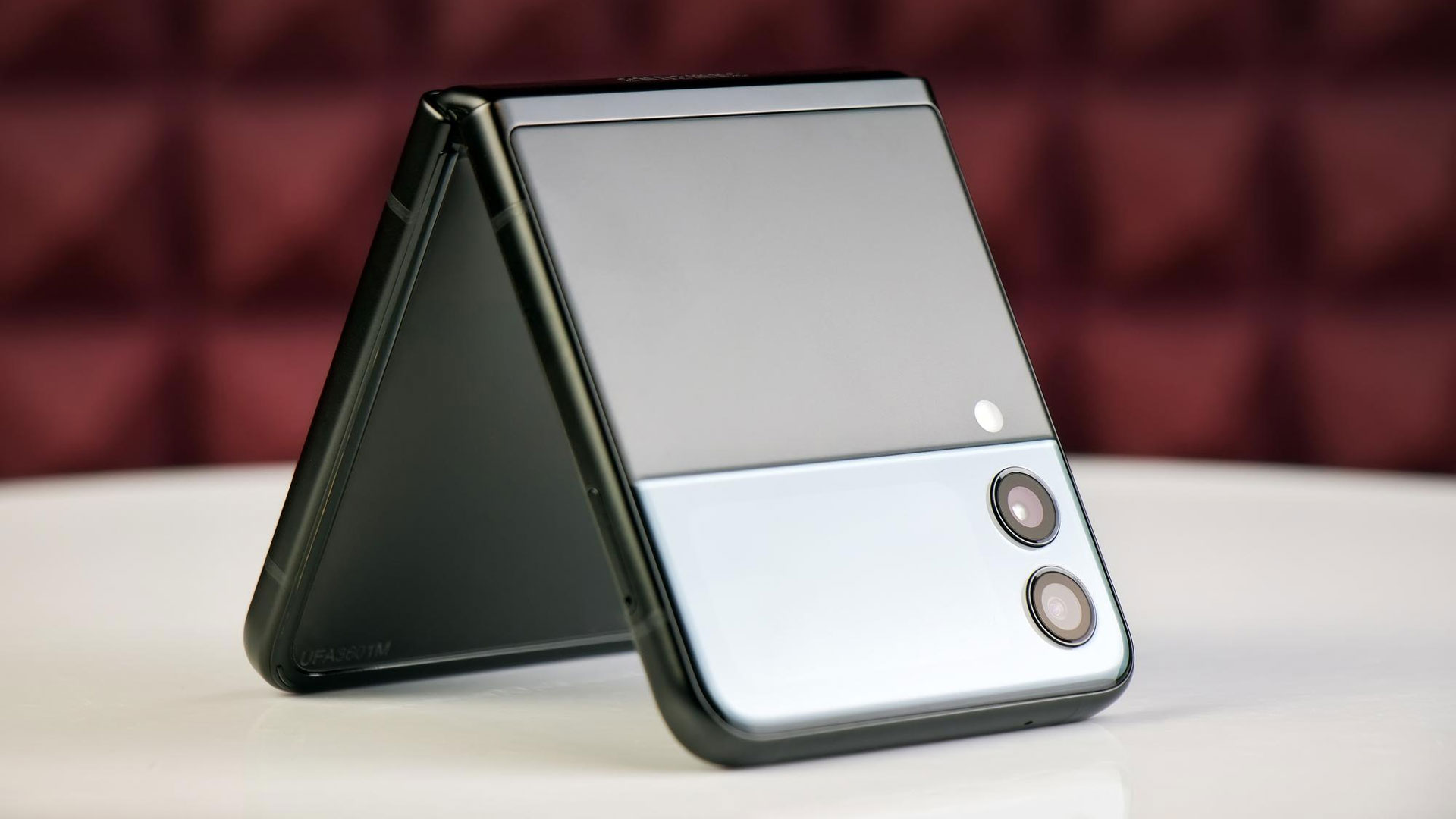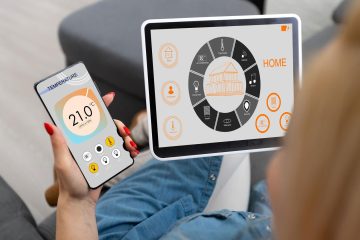When foldable phones first debuted a few years ago, they were met with skepticism. Could they really revolutionize the way we use smartphones? Were they just a flashy gimmick or something that could stand the test of time? Fast forward to 2024, and foldable devices have evolved significantly—both in terms of technology and consumer acceptance. They’re no longer just a novelty but are becoming increasingly practical, sleek, and desirable.
But what exactly makes foldable phones and devices so special, and why are they garnering so much attention? In this blog, we’ll explore the world of foldable technology, what’s driving its growth, and what the future holds for these innovative devices.
What Are Foldable Phones and Devices?
At their core, foldable phones and devices are gadgets with screens that can bend or fold, offering new levels of portability and versatility. This technology enables larger displays to fit into smaller, more compact forms when folded, allowing for a more flexible user experience. While most foldable phones work using flexible OLED screens, other foldable devices can include tablets, laptops, and even smartwatches.
Key features of foldable devices:
- Flexible screens: These screens use OLED or AMOLED technology that can bend without cracking or breaking, allowing the device to fold and unfold without compromising performance.
- Multi-form factor designs: Foldable devices can offer multiple modes, like a compact smartphone, a tablet, or even a laptop, all within the same device.
- Portability: Foldable technology enables larger screen real estate without sacrificing portability, making them perfect for on-the-go use.
The Evolution of Foldable Phones
The concept of foldable technology has been around for a while, but only in the last few years have we seen substantial advancements in the hardware and software to make them a viable option for mainstream consumers.
Early Days: Concept to Reality
The first commercially available foldable phone, the Samsung Galaxy Fold, made its debut in 2019. While it garnered significant attention due to its innovative design, the early model faced issues such as durability concerns (the screen could easily be damaged) and a hefty price tag. Despite the initial hurdles, Samsung’s foldable phone was a glimpse into the future of mobile devices.
In the same year, Huawei also released the Mate X, a foldable phone with an outward-folding display. This competing model had a different design philosophy but showcased the potential of foldable screens for creating larger, more interactive displays.
2020 and Beyond: Refining the Technology
By 2020, foldable devices had started to show their true potential. Both Samsung and Huawei refined their foldable designs, with Samsung introducing the Galaxy Z Fold 2—a much-improved version of its predecessor. The screen was sturdier, the hinge mechanism was more robust, and the device became more affordable.
In addition to the Galaxy Z Fold series, Samsung also launched the Galaxy Z Flip, a clamshell-style foldable phone that unfolded into a larger, high-quality display. The Z Flip offered a more compact form factor, catering to those who preferred a smaller, more pocketable device.
Meanwhile, other manufacturers like Motorola and LG entered the foldable market with unique concepts, such as the Motorola Razr (a modern take on the iconic flip phone) and LG Rollable (a rollable OLED screen, which was ultimately discontinued but showcased the future of flexible display tech).
2024: The Foldable Revolution
By 2024, foldable phones have evolved into reliable, mainstream devices. Several factors have contributed to this shift:
- Improved Durability: Advances in screen technology and hinge mechanisms have led to more durable foldable phones that are less prone to damage. The use of ultra-thin glass and stronger hinges has made foldable screens more resilient.
- Affordable Pricing: While still premium devices, foldable phones are becoming more affordable, with some models available for around $1,000, making them more accessible to a broader range of consumers.
- Enhanced User Experience: Software optimization has improved significantly, with apps now designed to take advantage of the flexible screens. Multitasking, split-screen modes, and enhanced app integration make foldable devices more functional and user-friendly.
Foldable devices are no longer just for tech enthusiasts. They have reached a point where they are becoming practical tools for professionals, travelers, and anyone who values both portability and screen real estate.
Key Benefits of Foldable Devices
1. More Screen Space in a Compact Form
One of the most significant advantages of foldable phones is the ability to have a larger screen without the bulk. For example, a foldable phone can expand to a tablet-sized screen when opened, offering a richer viewing experience for watching videos, reading, gaming, or multitasking. This allows users to enjoy the benefits of a larger device without sacrificing the portability of a traditional smartphone.
2. Enhanced Multitasking
Foldable phones excel in multitasking, thanks to their larger, flexible screens. Many foldable devices support split-screen mode, which lets you run two apps simultaneously. Whether you’re working on a document while browsing the web, chatting on a video call while taking notes, or comparing products while shopping, the ability to multitask efficiently on a single screen is a major selling point.
3. Durability Improvements
Early foldable devices were criticized for their fragile designs and flimsy hinges, but 2024 foldables have made significant strides in durability. Thanks to innovations in ultra-thin glass, flexible OLED displays, and reinforced hinges, modern foldable phones are much more resistant to wear and tear. Some foldable phones are even certified with military-grade durability ratings (like the Samsung Galaxy Z Fold 5), which adds peace of mind for users worried about damage.
4. Cutting-Edge Design
The foldable phone is a major design breakthrough, offering a futuristic aesthetic that appeals to tech lovers and design enthusiasts. When unfolded, these devices provide a sleek, edge-to-edge display, while the folding mechanism allows for portability and ease of storage. Whether you’re carrying it in a pocket or purse, foldable devices are both stylish and functional.
5. Better for Media Consumption
For people who use their phones for streaming movies, playing games, or editing photos, foldable phones are a game-changer. A larger screen means better immersion in video content, enhanced clarity for reading, and more space for detailed graphics and gameplay. The ability to unfold a device for landscape mode and enjoy media the way it’s meant to be seen adds to the appeal.
Popular Foldable Devices in 2024
Some of the top foldable phones and devices on the market in 2024 include:
- Samsung Galaxy Z Fold 5: The latest iteration of Samsung’s flagship foldable phone, offering a larger display, improved durability, and refined multitasking capabilities.
- Samsung Galaxy Z Flip 5: A compact and stylish foldable phone with a smaller form factor, perfect for those who want a traditional flip phone experience but with a modern twist.
- Motorola Razr 2024: A retro-inspired clamshell design that folds down into a compact, pocketable size, while offering a large screen when opened.
- Huawei Mate X3: A premium foldable phone from Huawei that features an outward-folding design, providing a tablet-sized display in a portable form.
- Royole FlexPai 2: One of the early pioneers in foldable smartphones, this device continues to innovate with its flexible design and large foldable display.
The Future of Foldable Devices
As foldable technology continues to improve, the possibilities seem endless. Here’s what we can expect for the future:
- Wider Adoption: As the price of foldable phones continues to drop and durability improves, more consumers will be drawn to foldable technology.
- More Form Factors: We’re likely to see new foldable designs beyond phones—think foldable laptops, tablets, and even smartwatches. Rollable screens (which slide in and out) could also become a reality in mainstream devices.
- Better Battery Life: Foldable devices are pushing the limits of battery technology, and with improvements in energy efficiency and battery capacity, we can expect longer-lasting foldables.
- Flexible Materials: Future foldables may use even more advanced materials, such as graphene or carbon nanotubes, making them even thinner, lighter, and more durable.
Conclusion: The Future of Foldables is Bright
Foldable phones and devices represent the cutting edge of mobile technology. With improved designs, enhanced functionality, and a growing range of options for consumers, foldable devices are poised to become mainstream gadgets in the years to come. Whether you’re looking for a compact phone with a large screen, a device that enhances productivity with multitasking features, or a unique design that turns heads, foldable technology is opening up new possibilities for how we interact with our gadgets.
As we move further into 2024 and beyond, foldable phones may very well shape the future of how we consume media, work on the go, and connect with the world around us—offering a glimpse into the next chapter of mobile technology.





